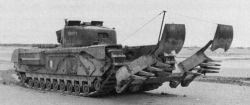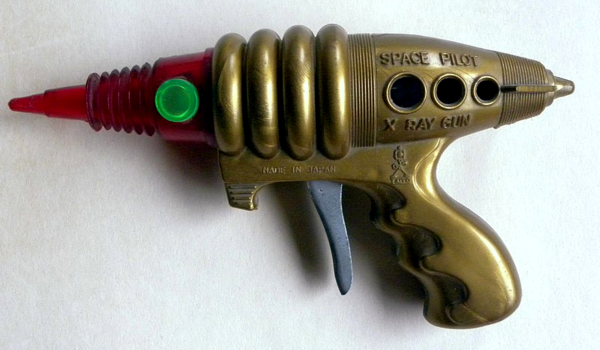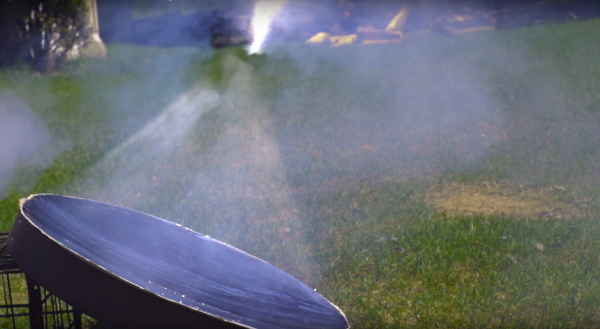Historians may note that World War II was the last great “movie war.” In those days, you could do many things that are impossible today, yet make for great movie drama. You can’t sneak a fleet of ships across the oceans anymore. Nor could you dig tunnels right under your captor’s nose. Another defining factor is that it doesn’t seem we seek out superweapons anymore.

Sure, we develop better planes, tanks, submarines, and guns. But we aren’t working on anything — that we know of — as revolutionary as a rocket, an atomic bomb, or even radar was back in the 1940s. The Germans worked on Wunderwaffe, including guided missiles, jets, suborbital rocket bombers, and a solar-powered space mirror to burn terrestrial targets. Everyone was working on a nuclear bomb, of course. The British had Hobart’s Funnies as well as less successful entries like the Panjandrum — a ten-foot rocket-driven wheel of explosives.
Death Ray
Perhaps the holy grail of all the super weapons — both realized and dreamed of was the “death ray.” Of course, Tesla claimed to have one that didn’t use rays, but particles, but no one ever successfully built one and there was debate if it would work. Tesla didn’t like the term death ray, partly because it wasn’t a ray at all, but also because it required a huge power plant and, therefore, wasn’t mobile. He envisioned it as a peacekeeping defensive weapon, rendering attacks so futile that no one would dare attempt them.













